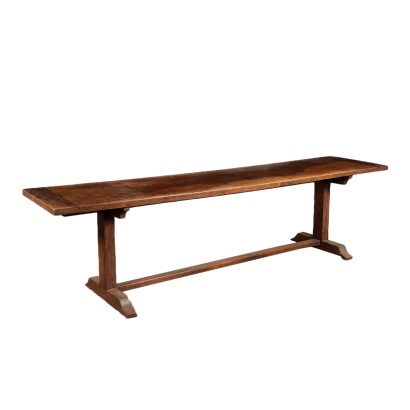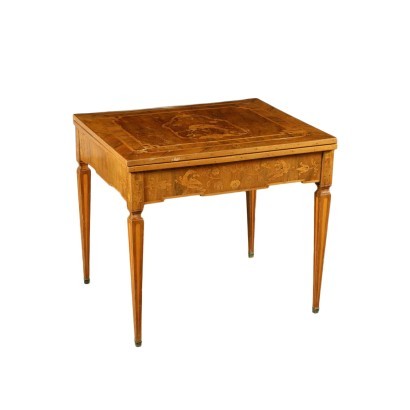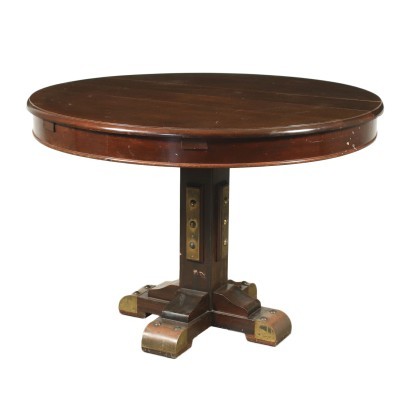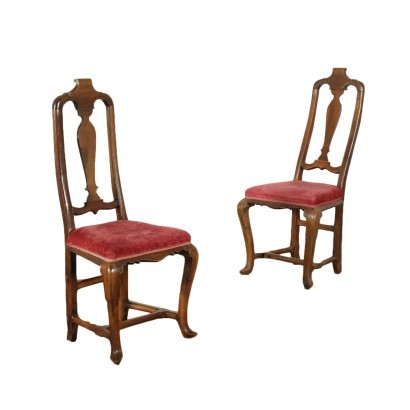Monk's Table Walnut Italy 17th-18th Century
Features
Age: 18th Century / 1701 - 1800 , 17th Century / 1601 - 1700
Origin: Italy
Main essence: Walnut
Description
Monk's table supported by a pair of balusters ending with shaped bases joined by a crossbeam replaced in later period. Countertop made with one walnut board.
Product Condition:
Fair condition. Wear consistent with age and use.
Dimensions (cm):
Height: 79
Width: 308
Depth: 71
Additional Information
Age:
18th Century / 1701 - 1800
18th Century / 1701 - 180017th Century / 1601 - 1700
17th Century / 1601 - 1700Main essence: Walnut
Walnut wood comes from the plant whose botanical name is juglans regia , probably originally from the East but very common in Europe. Light or dark brown in color, it is a hard wood with a beautiful grain, widely used in antique furniture. It was the main essence in Italy throughout the Renaissance and later had a good diffusion in Europe, especially in England, until the advent of mahogany. It was used for solid wood furniture and sometimes carvings and inlays, its only big limitation is that it suffers a lot from woodworm. In France it was widely used more than anything else in the provinces. In the second half of the eighteenth century its use decreased significantly because mahogany and other exotic woods were preferred. Alternative proposals
It could also interest you


























